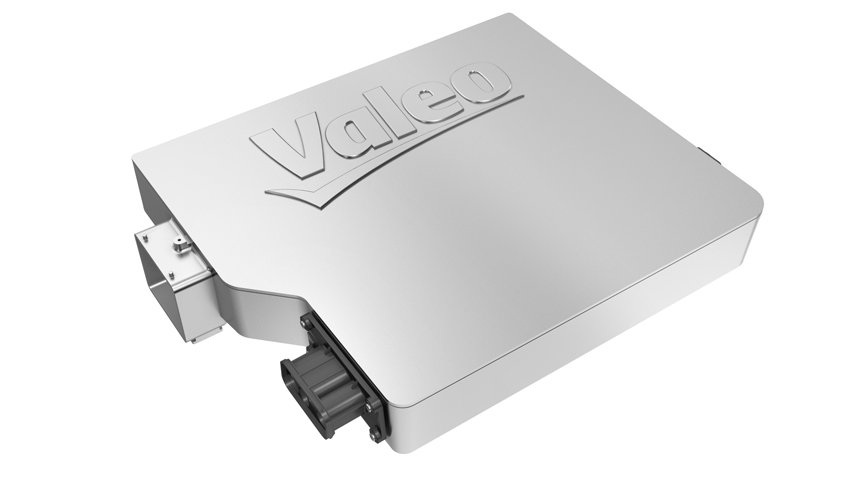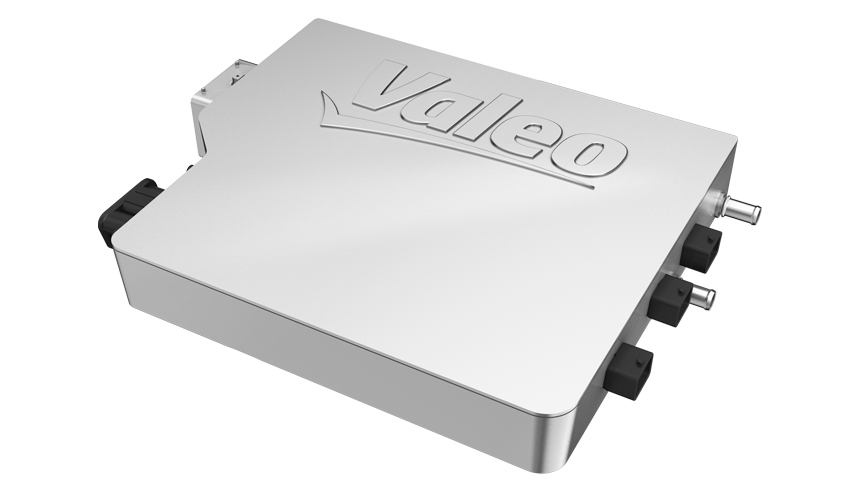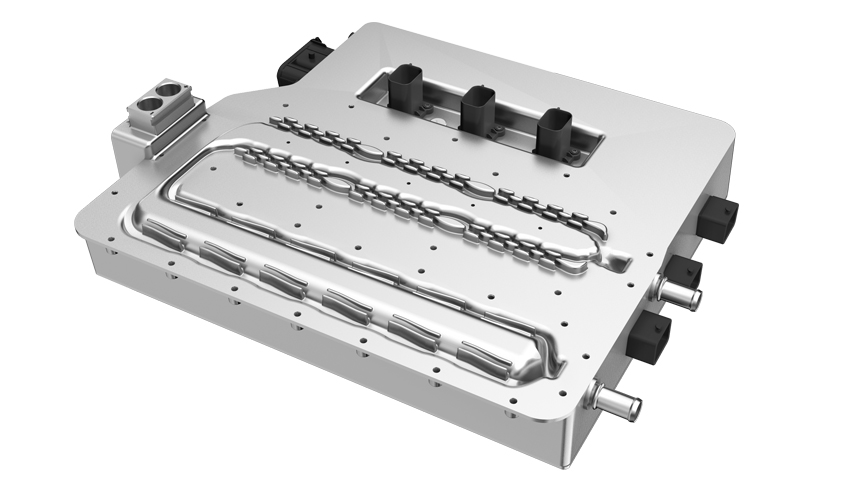Charger-Inverter for electric vehicles
How does the EV charger inverter work?
The inverter converts direct current (DC) from the battery into the alternating current (AC) required by the electric motor to turn the wheels.
The charger performs the same task in reverse: the AC voltage is turned into DC voltage in order to charge the battery in a hybrid plug-in vehicle or an all-electric vehicle.
In order to reduce the cost of the electronic components required for a hybrid or electric vehicle to function, and provide more affordable solutions, Valeo has developed a converter which, in addition to its conventional functions, provides a charging feature thanks to its unique architecture.
This charge-inverter allows for both the slow charge and rapid charge function, at no cost, while at the same time offering significant reductions in terms of weight and size.
In addition, with its unique architecture that incorporates a voltage step-up, the charger-inverter offers a very high output, and increases autonomy by around 10%.
Valeo’s charger inverter for electric vehicles
Valeo’s innovation is to use the inverter and the electric motor windings when the battery is charging.
It is the coils in the motor that provide the necessary induction (using their own inductance) to convert the energy that supplies the current to charge the battery.
As well as offering a major cost reduction, the electronics system is reduced in both weight and size.
The inverter has a “triple H bridge” configuration, allowing the charging system to be connected to the end and to the central points of the motor phases.
Another direct advantage for the user is that the operation of the three-phase motor is unaffected if one of the phases becomes inoperative.
This is impossible with a conventional three-phase full-bridge inverter, the type commonly found on today’s electric cars.



